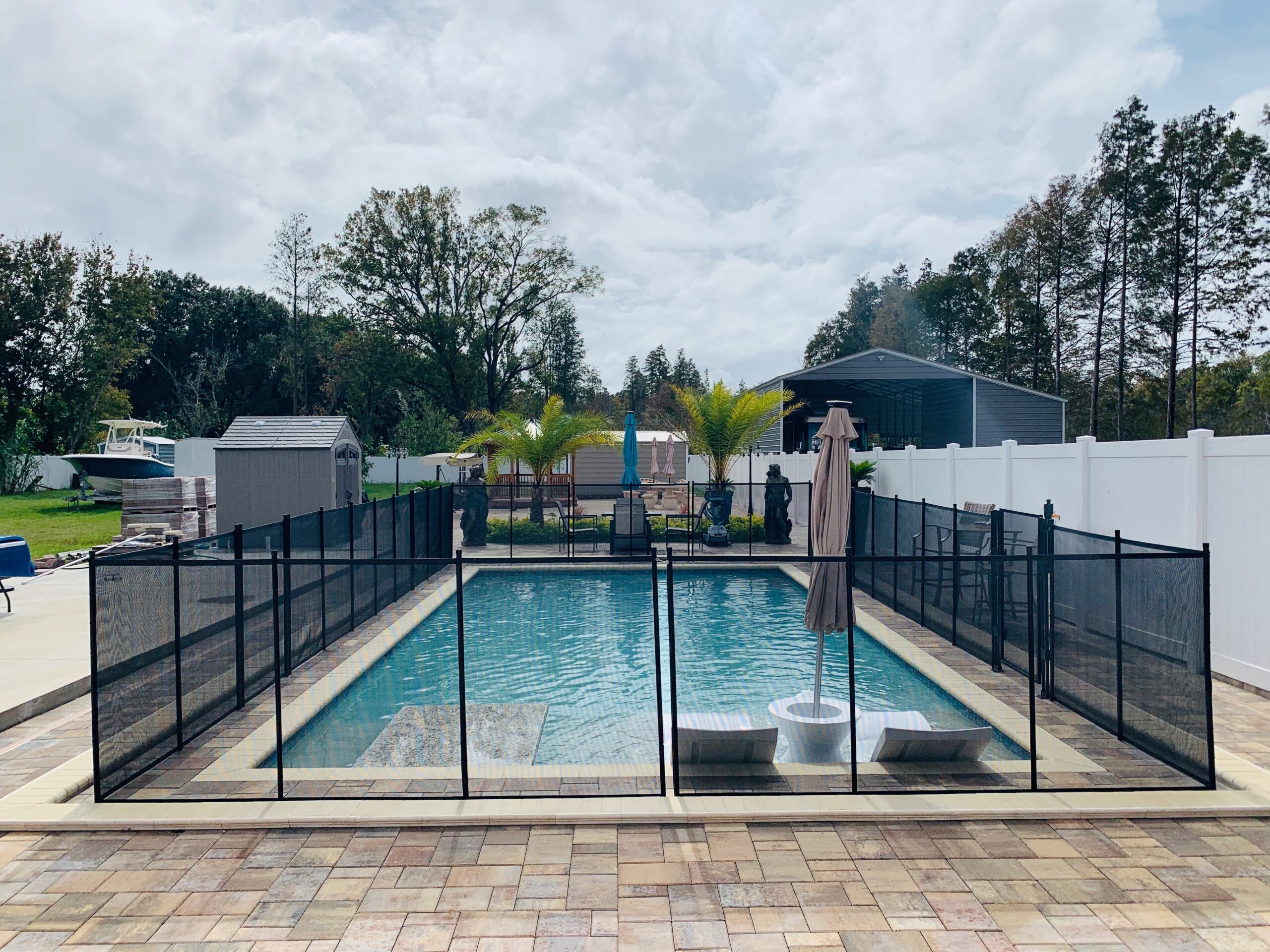Pool fencing is a crucial safety measure for any home with a swimming pool. It serves as a protective barrier, preventing accidents and enhancing the overall security of your pool area. This article delves into the do’s and don’ts of pool fencing, providing comprehensive insights to ensure your pool area remains safe and compliant with regulations.
Understanding the Importance of Pool Fencing
Pool fencing is not merely an aesthetic addition to your pool area; it’s a lifesaver. It prevents unsupervised access to the pool, particularly by young children, thereby reducing the risk of drowning incidents. Moreover, in many jurisdictions, pool fencing is a legal requirement, further underlining its importance.Legal Requirements for Pool Fencing
Different regions have specific legal requirements for pool fencing. These regulations often stipulate the minimum height of the fence, the size of gaps in the fence, and the necessity for self-latching gates. It’s crucial to familiarize yourself with these requirements to ensure your pool fence is compliant.The Do’s of Pool Fencing
1. Choosing the Right Material
Selecting the appropriate material for your pool fence is paramount. Materials range from mesh, metal, to glass, each offering distinct advantages. Your choice should balance durability, maintenance requirements, and aesthetic appeal.2. Ensuring Proper Height
The height of your pool fence is a critical safety factor. A fence that is too low can be easily climbed over, defeating its purpose. Ensure your fence meets the minimum height requirement stipulated by your local regulations.3. Incorporating Self-Latching Gates
Self-latching gates are a vital feature of a secure pool fence. They automatically lock upon closing, preventing unauthorized access, especially by children.4. Regular Maintenance Checks
Regular inspections of your pool fence ensure it remains in optimal condition. Check for signs of wear and tear, loose screws, and ensure the gate’s self-latching mechanism is functioning correctly.5. Prioritizing Visibility
Your pool fence should not obstruct the view of the pool from your home. This visibility allows for passive supervision of the pool area, enhancing safety.6. Considering Climbing Hazards
Ensure there are no objects near the fence that could aid in climbing over it. This includes pool furniture, trees, and other structures.7. Opting for Professional Installation
Professional installation of your pool fence guarantees it meets safety standards and regulations. Professionals have the expertise to ensure the fence is secure and durable.8. Keeping the Pool Area Clean
A clean pool area is not only aesthetically pleasing but also safer. Regular cleaning prevents the buildup of debris that could potentially damage the fence or become a climbing aid.9. Educating Family Members
Ensure all family members understand the importance of the pool fence and the need to keep the gate locked at all times. This education is particularly important for children.10. Planning for Emergency Access
In case of emergencies, there should be a clear and quick way to access the pool area. Consider incorporating an emergency release mechanism in your fence design.The Don’ts of Pool Fencing
1. Neglecting Regular Inspections
Regular inspections are crucial for maintaining the integrity of your pool fence. Neglecting these checks can lead to unnoticed damage, reducing the effectiveness of the fence.2. Overlooking Small Gaps
Even small gaps in your fence can be a potential risk, especially for small children and pets. Ensure all gaps are within the size limit stipulated by regulations.3. Ignoring Rust and Wear
Rust and wear can compromise the strength and stability of your fence. Regular maintenance should include checking for these issues and addressing them promptly.4. Allowing Climbing Aids Near the Fence
Objects that can aid in climbing over the fence should not be left near the fence. This includes pool toys, furniture, and gardening tools.5. Forgetting to Lock the Gate
The gate should always be locked when the pool is not in use. An unlocked gate is an open invitation for unsupervised access to the pool.6. Neglecting to Update Your Fence
As your needs and local regulations change, your pool fence may need updating. Regularly review your fence and make necessary upgrades to ensure it remains compliant and effective.7. Disregarding Local Regulations
Ignoring local regulations can lead to legal issues and compromise the safety of your pool area. Always ensure your fence is compliant with all local requirements.8. Ignoring Aesthetic Appeal
While safety is the primary concern, your pool fence should also complement the aesthetics of your home and landscape. A well-designed fence can enhance the overall appeal of your pool area.9. Overlooking the Importance of Insurance
Having a secure and compliant pool fence can impact your home insurance policy. Ensure you understand the implications and benefits of your pool fence in relation to your insurance.10. Forgetting the Purpose of the Fence
The primary purpose of your pool fence is safety. While considering aesthetics and convenience, never compromise on the safety features of your fence.——————–
Pool fencing is a critical aspect of pool ownership, playing a vital role in ensuring safety. By adhering to the do’s and avoiding the don’ts outlined in this article, you can create a secure, compliant, and aesthetically pleasing pool area. Remember, a well-maintained pool fence not only protects your loved ones but also adds value to your property.
